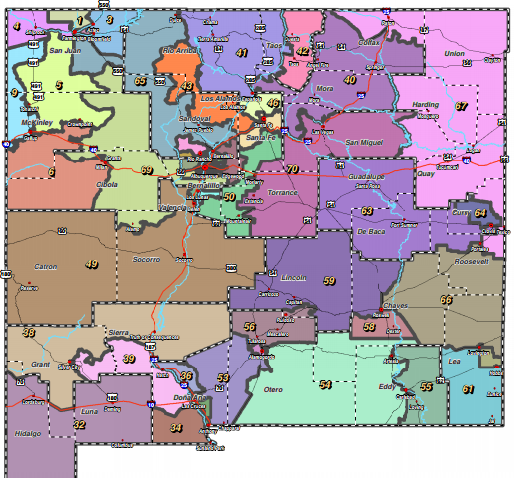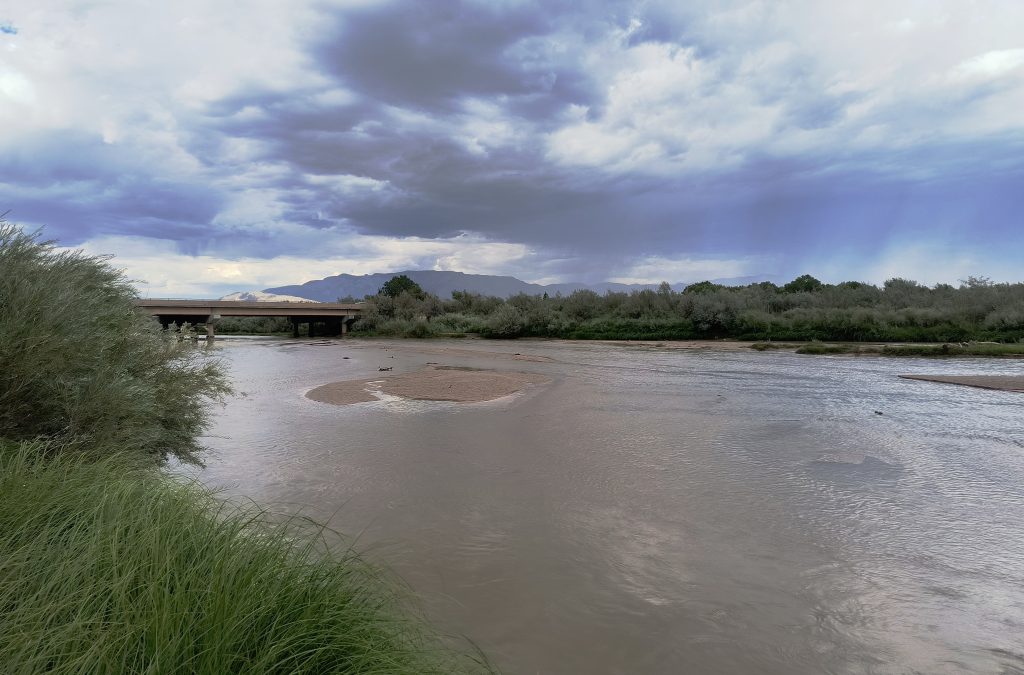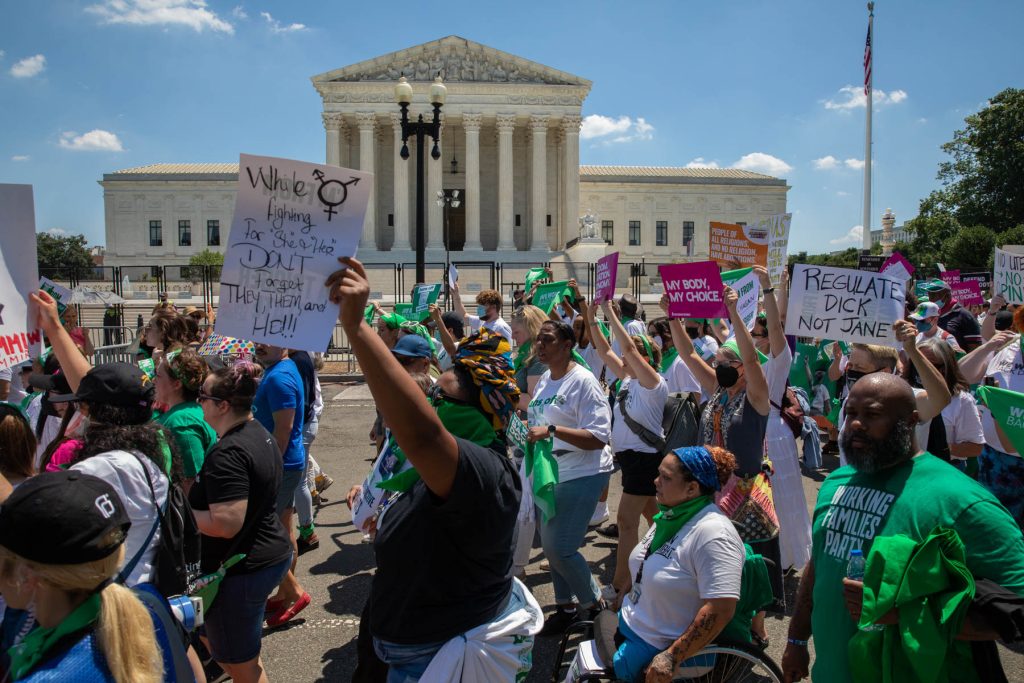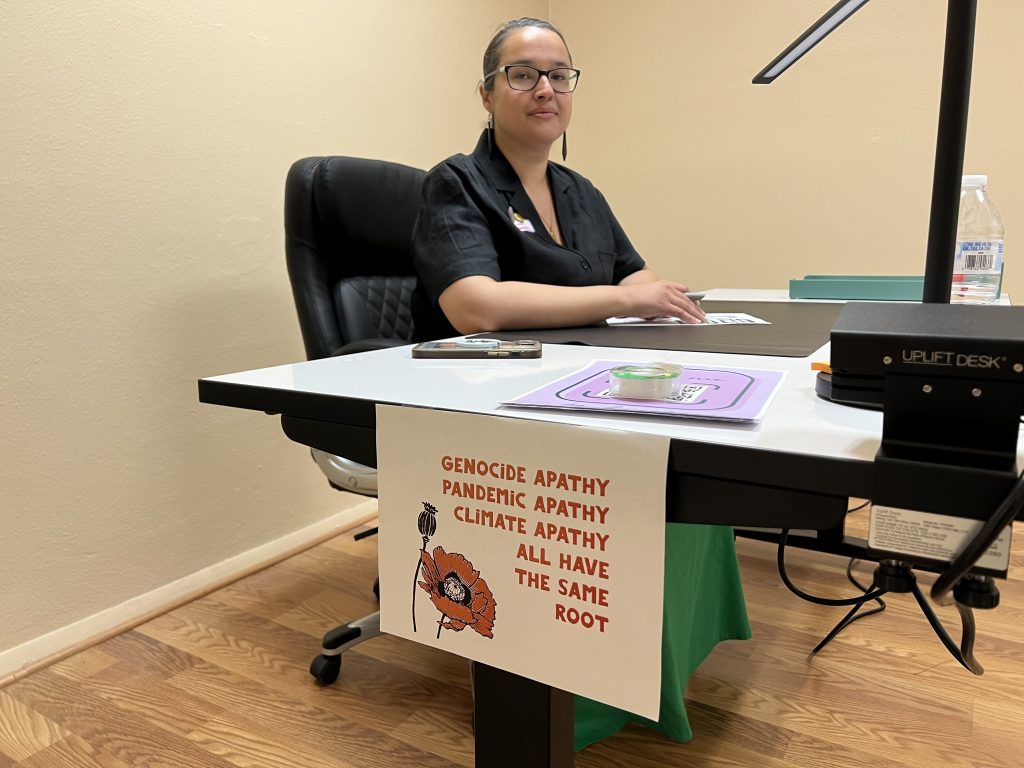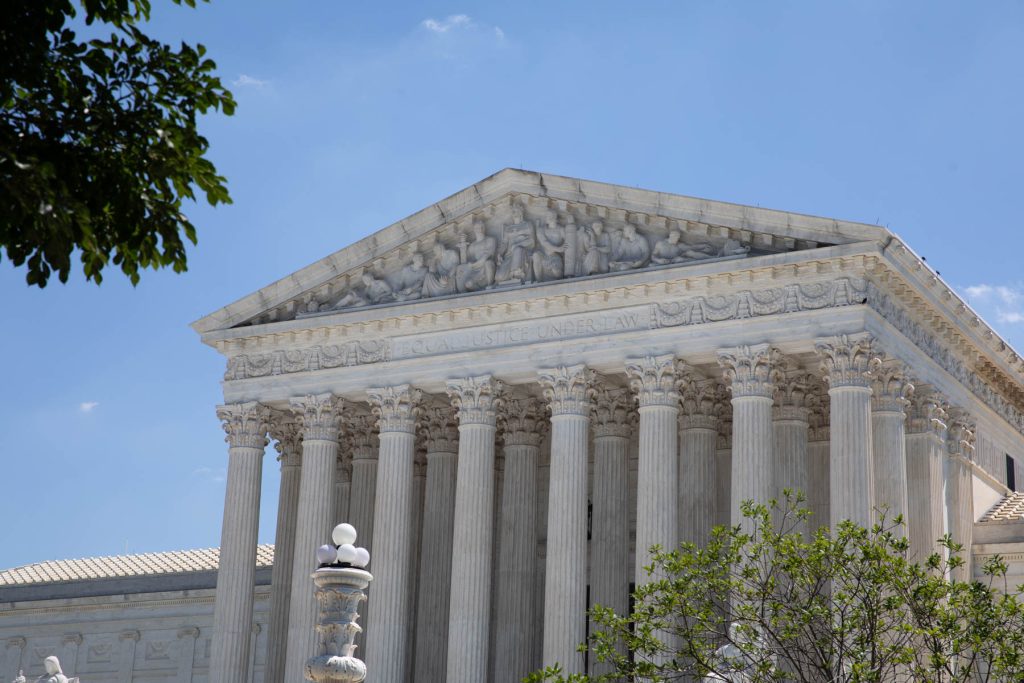For the first time ever, the political redistricting process in New Mexico will start with recommendations from a citizen redistricting committee. While the final say ultimately lies with the state Legislature, the newly formed citizen committee is set to finalize their suggestions this week.
After a long series of meetings throughout the state where committee members heard testimony from the public, the committee will be tasked with deciding which of more than a dozen maps will best account for population change, while also considering tribal communities.
The maps that were presented to the public during the committee’s meetings vary, but the ultimate goal is to draw political districts to better represent changes in populations in the last ten years.
Ideally, each district will have the same number of residents. In some cases, it seems likely that some counties that are currently split between districts might get their own district. In other cases, cities and counties that are not currently split up may see some new divisions.
Lea County, for example, is currently split between two state House districts, but in nearly every concept the redistricting committee is considering, Lea County would have at least one full district within its boundaries because of its population growth.
The redistricting committee will choose from a number of options for state Senate, state House, congressional and state Public Education Districts. All of those categories have a handful of proposals, some from community advocacy groups. Some congressional proposals would group Santa Fe and Albuquerque in one metropolitan district and another suggests including Albuquerque with more rural cities like Carizozo and Roswell.
Following the federal census, redistricting in New Mexico takes place every 10 years. The process can bring about political dust-ups as each political party vies for more favorable districts.
Shortly after the 2020 election, when Republican U.S. Rep. Yvette Herrell won New Mexico’s Second Congressional District, New Mexico Speaker of the House Brian Egolf’s comments created controversy over the district and whether Democrats would push the district toward Democrats.
Many of the comments from the public during the weeks of redistricting meetings regarded honest representation and keeping certain groups together, whether they be residents of a particular city or Native American nations and pueblos.
Jerry Schalow with the Rio Rancho Regional Chamber of Commerce said during one meeting that Rio Rancho should be kept wholly in one congressional district.
“It’s the third largest city in the state and it should be recognized as that and be kept whole,” Schalow said.
Many who spoke about districts that encompass sovereign nations also raised concerns about honest representation of Native Americans in the state.
Navajo Nation President Jonathan Nez reminded committee members during a meeting in Crownpoint about the importance of representation.
“Our Navajo citizens want representatives who will champion their cause and advocate for them, which is why the new redistricting process in Mexico is so, so important,” Nez said. “We know our communities best and we call on the CRC to listen to tribal voices and recognize tribal sovereignty.”
The redistricting committee concluded its public meetings last week and now is slated to make a final decision on Friday. But even after they come up with a final recommendation, the state Legislature will need to convene and come up with the final districts. And as in previous years, the issue could end up in court.

